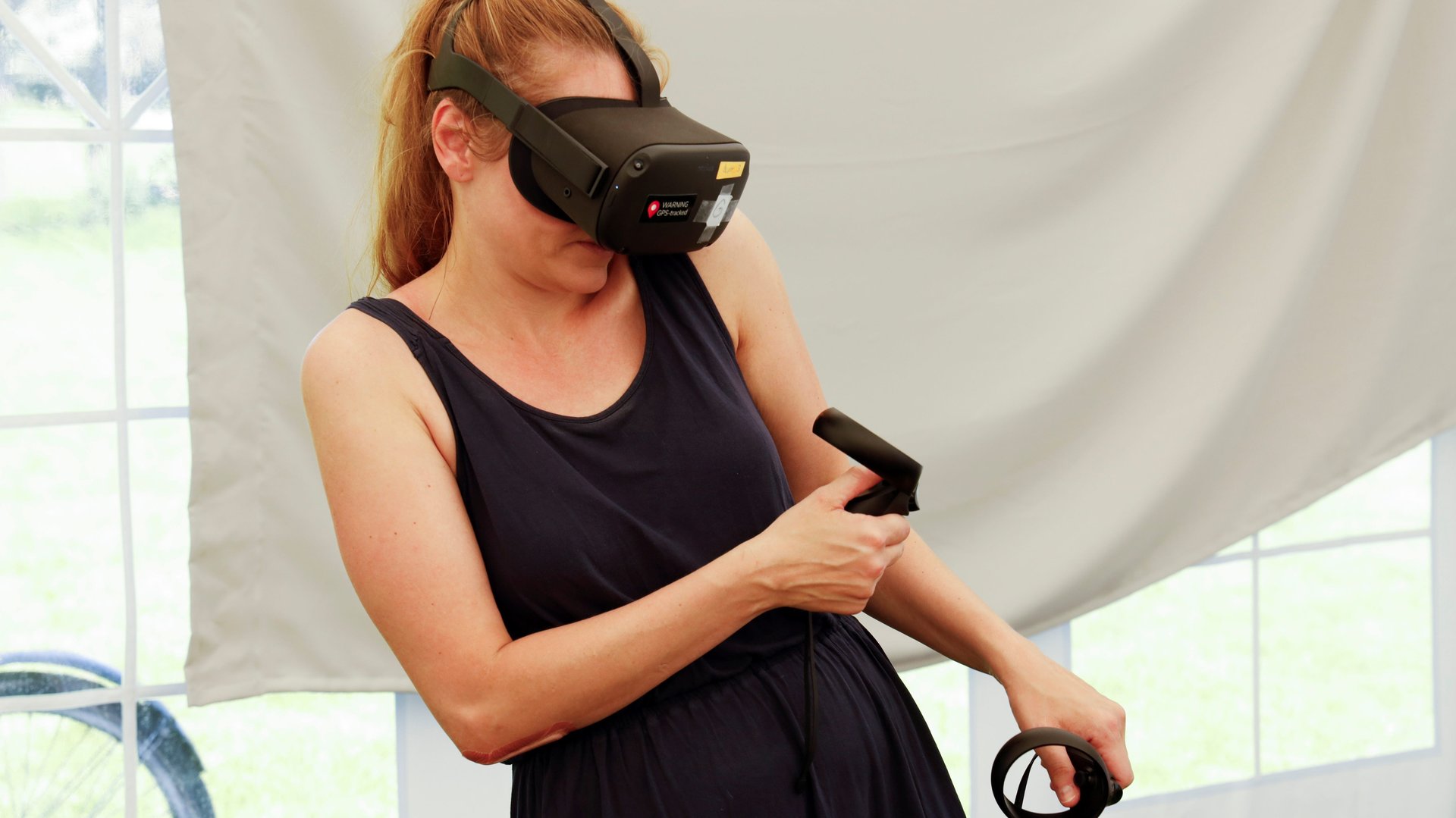Microsoft is adding user safety measures to its AltspaceVR platform
Harassment and virtual groping have been a problem in virtual reality (VR) for years, but only now are the major platforms taking serious action as the metaverse moves into the mainstream spotlight.


Harassment and virtual groping have been a problem in virtual reality (VR) for years, but only now are the major platforms taking serious action as the metaverse moves into the mainstream spotlight.
This week, Microsoft’s Alex Kipman, the inventor of the HoloLens augmented reality device, announced new measures to increase user safety on its AltspaceVR platform.
“Everyone should always feel safe in experiences like AltspaceVR, experiences that will make the metaverse a reality,” said Kipman on AltspaceVR’s official site. “We have a responsibility to establish guardrails.”
Those guardrails will now include an automatic proximity bubble around a user’s avatar, preventing other users from virtually groping or moving too close to another user. Previously, the feature was an option that had to be initialized by the user, who may or may not have known that it was even available.
Additionally, the platform will do away with its Campfire Hub, which was a place on the VR platform where users could serendipitously meet and chat with strangers. It’s unclear whether a particular incident inspired the removal of one of the app’s signature features, but the move will likely bolster Microsoft’s ability to monitor and take action against bad actors on the platform.
The trend toward protecting users in the metaverse
Microsoft’s move to enhance security comes just days after Meta launched a new system for its VR platform Horizon called Personal Boundary. The boundary gives the user’s avatar what is meant to feel like a four-foot buffer between themselves and another user’s avatar to “[make] it easier to avoid unwanted interactions.” Like Microsoft’s personal bubble, Meta’s Personal Boundary will be turned on by default for all users.
Meta’s action came just weeks after several users reported incidents of being virtually groped and harassed by other users on the platform. The problem isn’t new to long-time VR users, but its impact is now front and center with Meta’s increased focus on the metaverse and the additional scrutiny that shift has brought along with it.
Coming to terms with the “reality” of immersive internet experiences
For those who have yet to try VR, this new attention to safety around the issue of virtual groping and personal space for an avatar may be difficult to grasp. However, the immersive nature of the VR, which is realistic enough to help treat patients for anxiety and trauma, often makes VR experiences far more realistic compared to screen-based video games.
The lead that is being taken by Meta, and now Microsoft, whether voluntary or through public pressure, could eventually result in a safer metaverse for all.